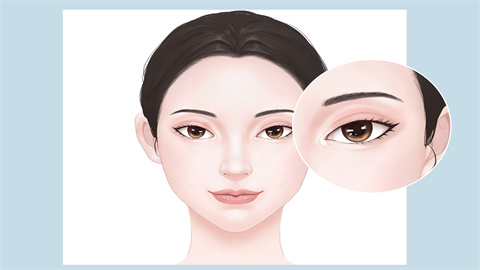What should I do if the stitches aren't completely removed after eye corner surgery?
Generally, "opening the eye corners" refers to an epicanthoplasty, a surgical procedure to correct epicanthal folds. If sutures are not completely removed after epicanthoplasty, the following measures can be taken: medical examination, removal of remaining suture knots, wound care, infection prevention and treatment, and daily management. Epicanthoplasty involves surgically removing or adjusting excess skin and tissue at the inner corner of the eye to alter the morphology of the epicanthal fold, thereby extending the horizontal length of the eye fissure and creating a larger visual appearance of the eyes. The general reference price for epicanthoplasty is 2000–8000 yuan per session, and improvement is typically visible 3–6 months after surgery, although symptoms such as localized redness and pain may occur. Detailed explanations are as follows:

1. Medical Examination
Visit a reputable hospital for a detailed examination. A doctor will observe the remaining suture knots under a microscope or slit lamp and formulate a follow-up management plan based on the specific situation.
2. Removal of Remaining Suture Knots
If the residual suture knots are located on or near the skin surface, a qualified physician can carefully cut and remove the unhealed sutures one by one using sterile surgical instruments. If some suture knots have already broken and remain beneath the skin, it is not recommended to forcibly remove them; instead, allow the body to expel them naturally.
3. Wound Care
Keep the surgical incision dry and clean. Gently wipe with normal saline daily and avoid contact with contaminants to prevent infection. Appropriate cold compresses may help reduce swelling, promote healing, and decrease the risk of complications.
4. Infection Prevention and Treatment
Take antibiotics as prescribed by your physician, such as amoxicillin capsules or cefixime dispersible tablets, to control potential bacterial infections. Closely monitor the healing process and seek timely follow-up if signs of infection such as redness, pain, or pus discharge appear. Follow medical advice for treatment.
5. Daily Management
Ensure adequate rest and sufficient sleep, and avoid excessive eye strain to prevent additional stress on the eyes. Enhance nutrition by consuming foods rich in vitamin C, such as kiwifruit and oranges, which can help promote wound healing.
It is recommended to undergo the above procedures under the guidance of a qualified physician at a reputable hospital to ensure the safety and effectiveness of the procedure. Postoperative care includes maintaining ocular cleanliness and avoiding contact with water at the wound site.




